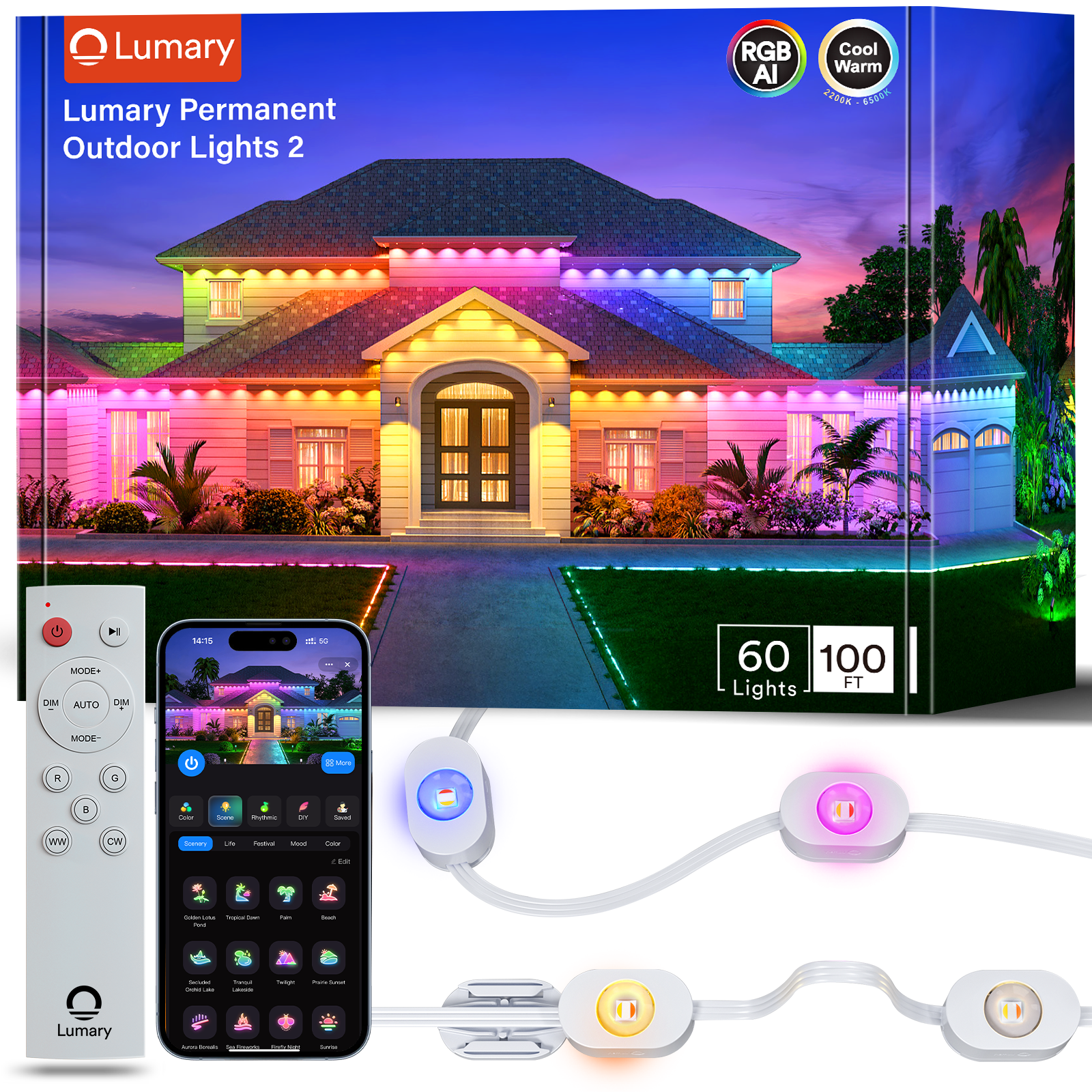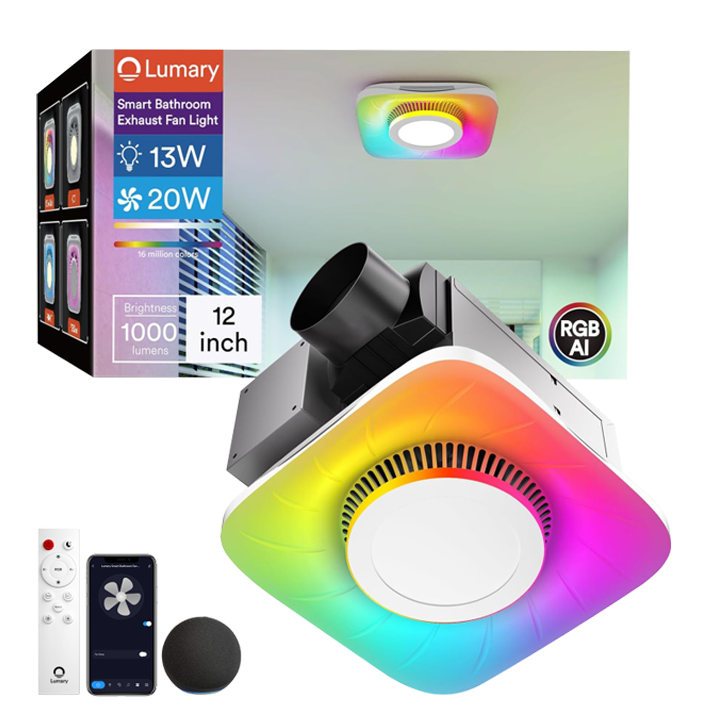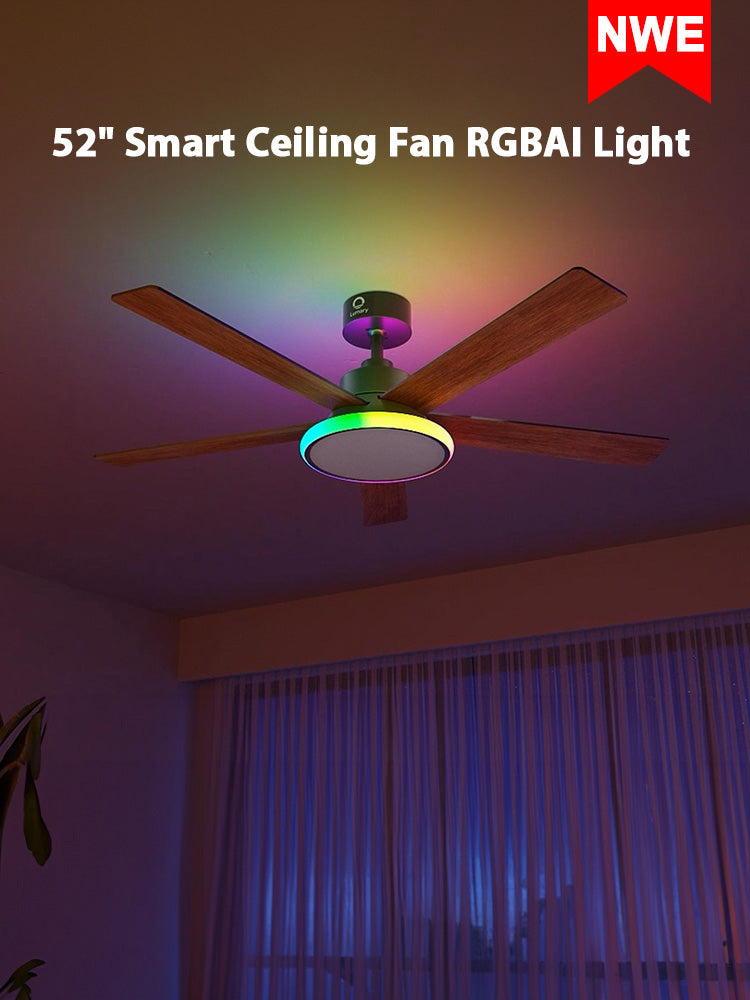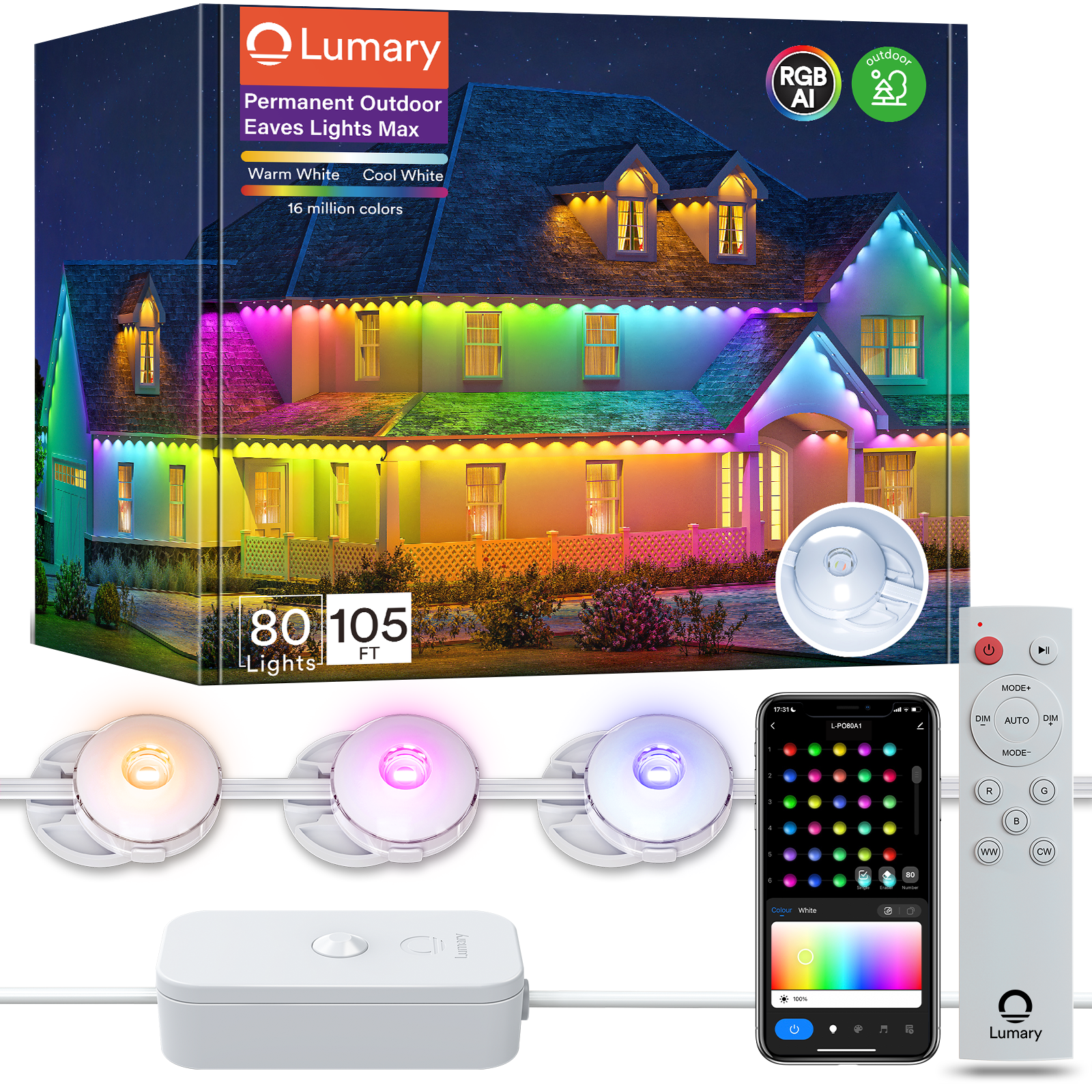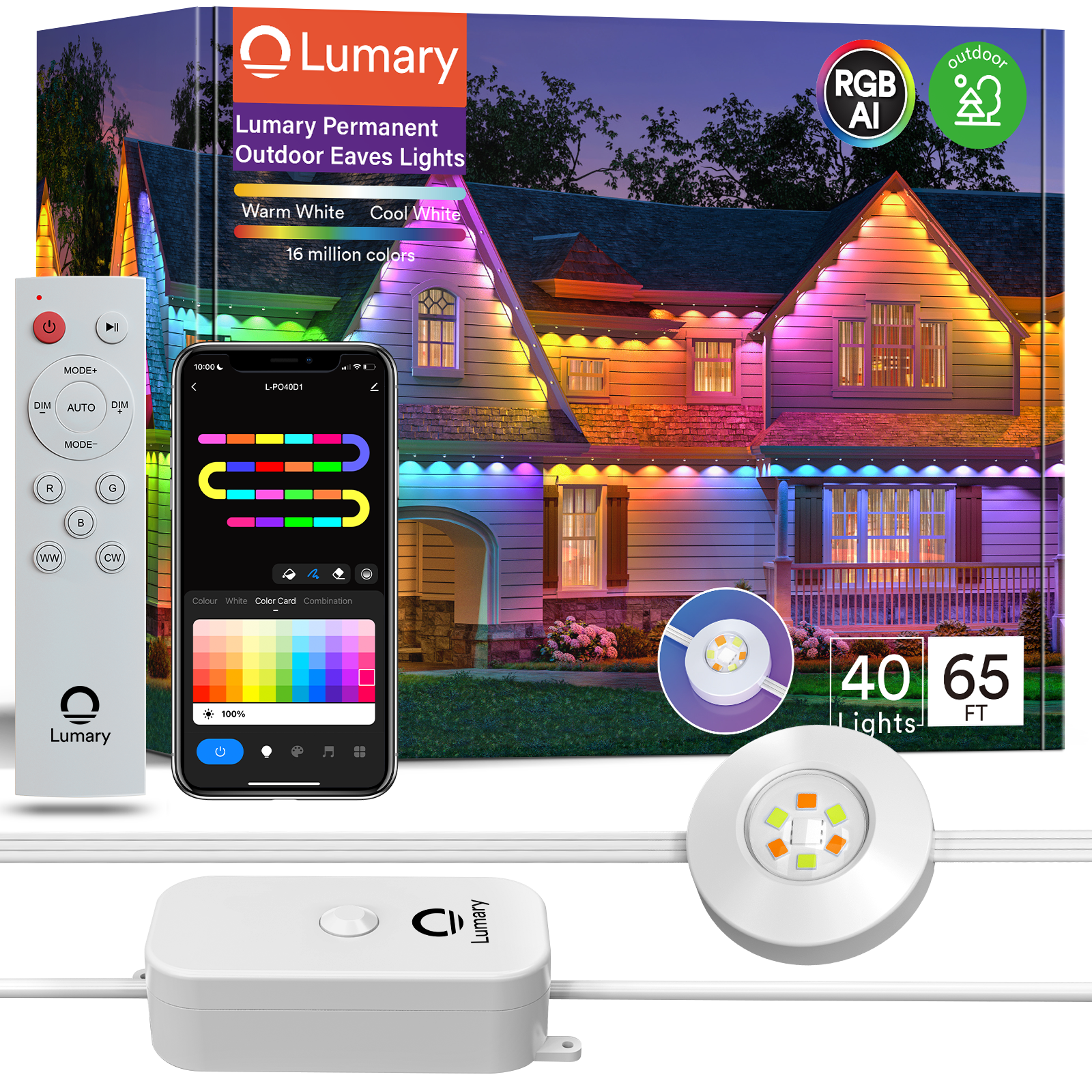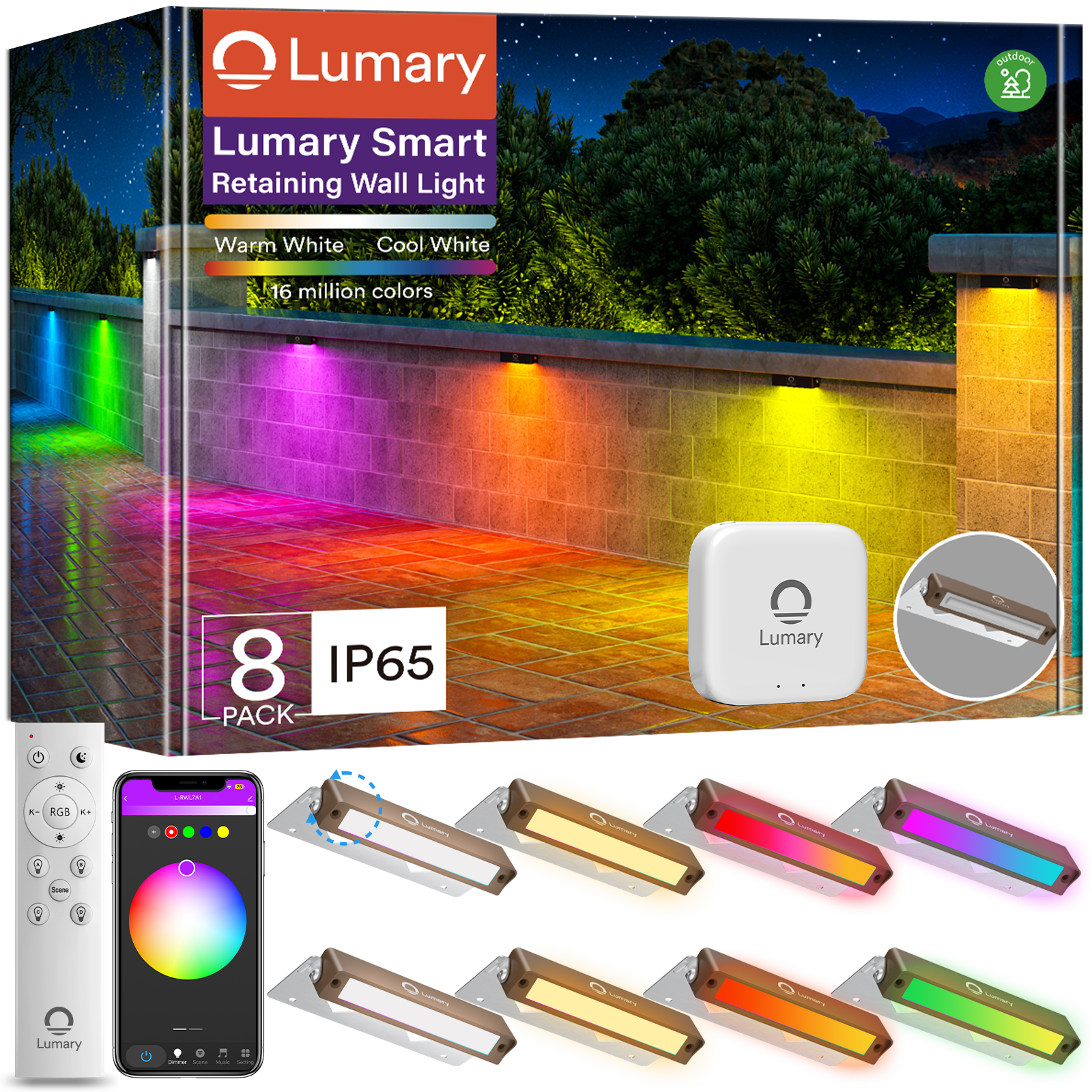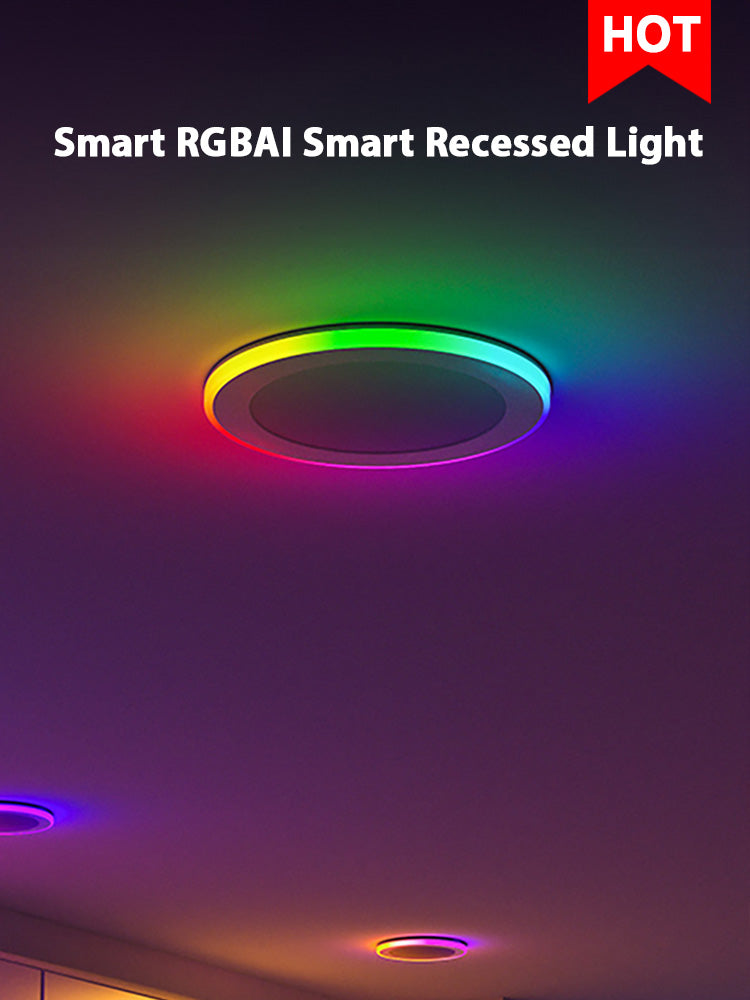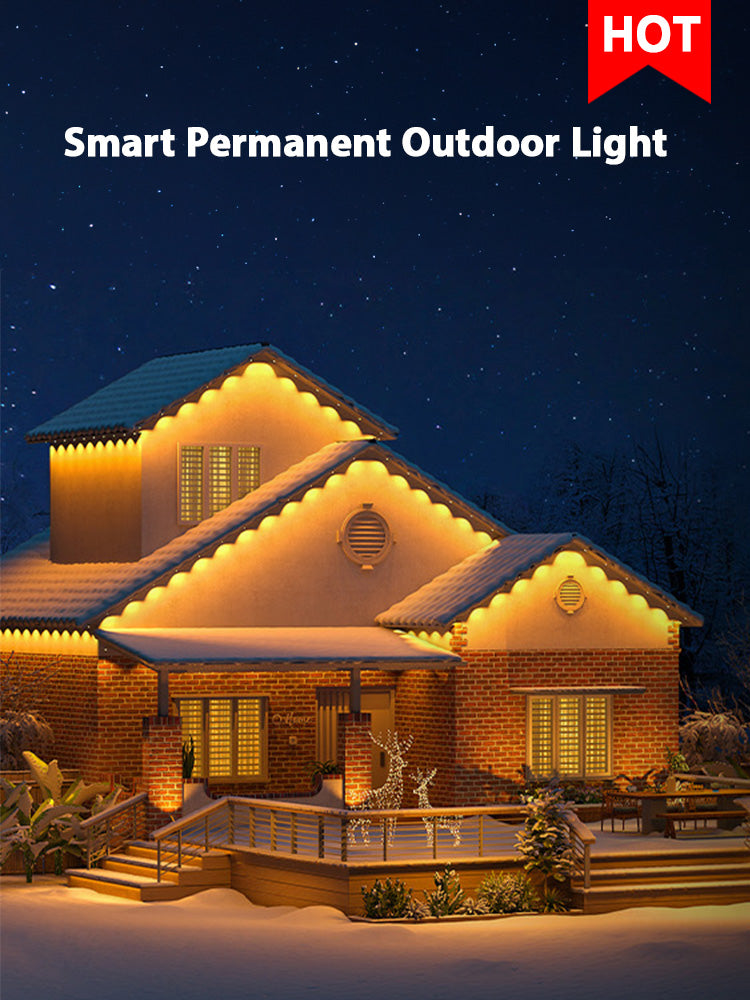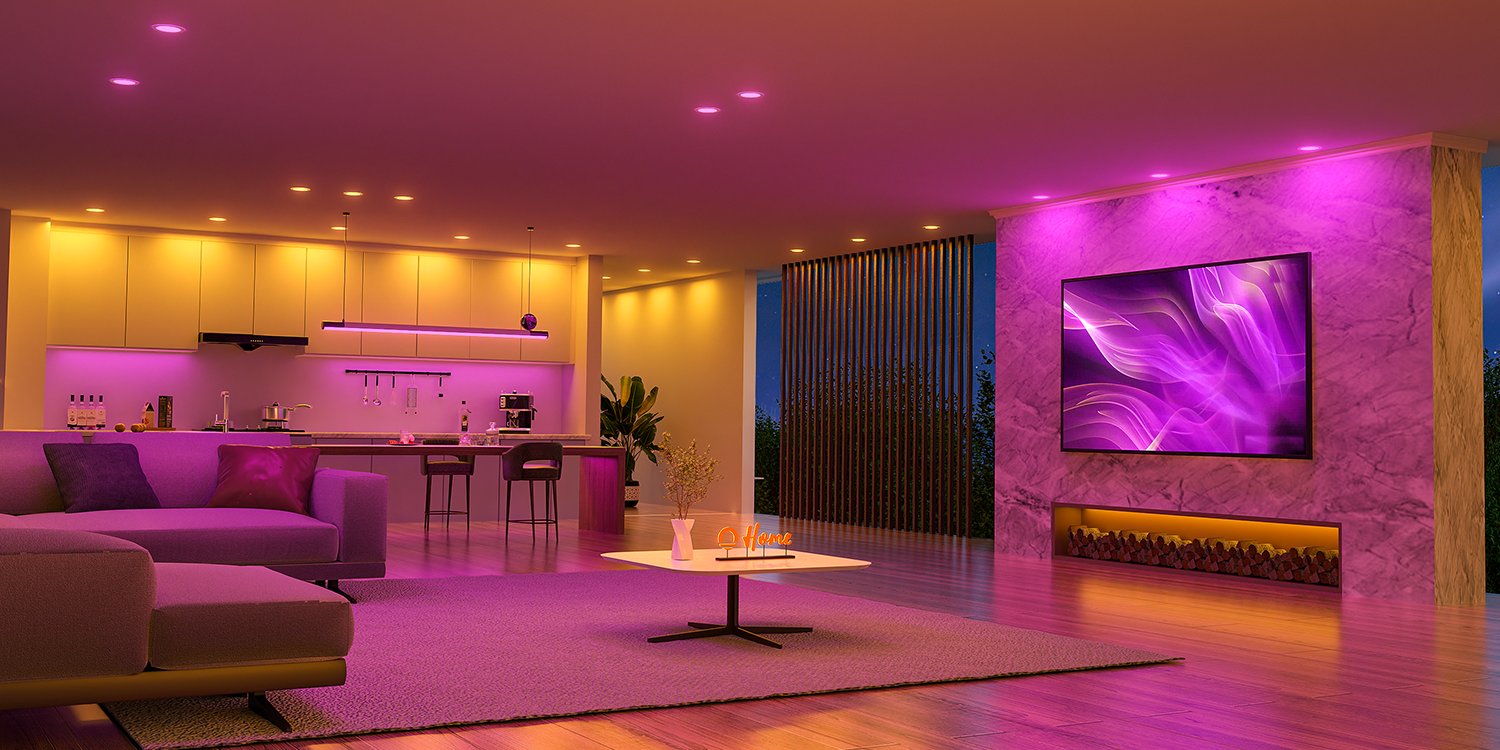Lighting plays a pivotal role in shaping the ambiance and functionality of any space, and with the myriad options available today, choosing the right type can be daunting. Recessed lights with their discreet placement and focused illumination, offer a good solution for a range of settings from modern kitchens to cozy basements, while LED linear lights bring a contemporary flair to an environment, providing uniform light across wide spaces such as offices or retail locations. Understanding the nuances of these lighting options—their design, efficiency, installation, and cost considerations—is essential in determining which will best serve the specific needs of your project or home.

A Closer Look at Recessed Lighting
Recessed lighting often known as can lighting, consists of fixtures installed above the ceiling line. Unlike traditional light fixtures that hang from the ceiling or mount on the wall, recessed lights are designed to disappear into the ceiling, offering a clean, streamlined appearance. They are commonly used in residential homes to provide ambient lighting or to accentuate art and architectural features without stealing the spotlight.
The Benefits and Considerations
The appeal of recessed lighting lies in its ability to blend seamlessly with any decor, providing a room with a polished look. These lights are perfect for rooms with low ceilings since they don’t intrude into the living space. Moreover, their directional nature means you can focus the light exactly where it’s needed, from workspaces to dim corners, enhancing both functionality and mood.Further reading: what lights are best for rooms with low ceilings?

However, recessed lights do come with some consideration. Installation requires sufficient ceiling space to house the fixture and may involve modifications to existing structures, which can be more invasive than other lighting options. Also, because they are fixed, you’ll want to plan your layout carefully to ensure every corner of your room is well-lit.When choosing recessed lighting, you may need to make a choice between "can" lights – which require a housing box – and "canless" lights, which integrate directly into the ceiling. If you’re not sure which is right for your space, check out our guide on Differences between Can Lights and Canless Lights to make an informed decision and achieve optimal lighting results.
Installation Know-How
When installing recessed lights, one must think about placement, wiring, and compatibility with insulation. It’s often best to have these lights installed by a professional electrician who can ensure they’re spaced correctly and wired safely. For those environmentally conscious or looking to save on energy bills, LED bulbs are compatible with most recessed lighting fixtures and offer a long-lasting, energy-efficient solution.
The Contemporary Edge of LED Linear Lights
LED linear lights are exactly what their name suggests – sleek, straight lights that provide continuous illumination across a space. These modern fixtures are versatile in application, stretching across walls or ceilings to deliver a sophisticated and expansive quality of light. They’re an ideal choice for commercial spaces such as office buildings and warehouses but are quickly becoming a favorite in homes for under cabinet lighting or as statement pieces in living areas.
Advantages and Points to Ponder
With their elongated form, LED linear lights illuminate larger areas without shadows, making them excellent for task lighting or creating an inviting atmosphere in commercial settings. They’re incredibly energy-efficient and boast a lifespan that outshines traditional lighting solutions, making them an eco-friendly and cost-effective choice in the long run.Learn more: LED Linear Lights: Enhance the mood and ambience of your meal!

On the flip side, while installation is relatively straightforward, it does require careful planning to ensure alignment and proper distribution of light. Additionally, because they are typically more visible than recessed lights, they become part of the room’s aesthetic, which should be considered when designing your space.
Setting Up Your Space
Installing LED linear lights can vary from simple to complex, depending on whether they’re being mounted to the surface, suspended, or recessed. Some models offer plug-and-play convenience, while others might need hardwiring. In either case, considering a professional installation can guarantee a neat finish and optimal functionality.
Side-by-Side: Recessed vs. LED Linear Lighting
- Feature Comparison: When it comes down to the features, recessed lighting offers a classic look and targeted illumination, ideal for highlighting specific areas or creating a warm, ambient atmosphere. Conversely, LED linear lights offer a modern aesthetic, providing uniform lighting that’s perfect for general illumination in both commercial and residential settings.
- Cost Implications: Looking at costs, recessed lights are generally less expensive per fixture compared to LED linear lights. However, the total cost can add up depending on the number of recessed lights needed to fill a space. LED linear lights, while potentially higher in initial cost, tend to offer greater coverage with fewer units and have lower energy consumption over time, leading to potential savings on your electricity bill.
- Practical Applications: Recessed lighting is often chosen for its ability to discreetly blend into ceilings, making rooms feel bigger and more open without visible fixtures. They’re particularly effective in rooms with lower ceilings. LED linear lights, with their continuous light output, are excellent for task-heavy environments like kitchens and offices, as well as for accent lighting along shelves or corridors where you want the light itself to be a design element.
- Personal Preferences and Needs: As you decide between recessed and LED linear lights, think about what matters most in your space. Do you have low ceilings or prefer a minimalistic look? Recessed lights might be the way to go. Or are you after a statement lighting feature that’s also functional? Then LED linear lights could be your match.
Lighting in Action: Where to Shine the Spotlight
When selecting lighting, one isn’t necessarily better than the other; it’s about the best fit for your space and needs.
Recessed Lighting Takes the Stage
- In the Home: Imagine a living room with a cozy reading nook. Recessed lights can spotlight the area without overwhelming it, while dimmable options set the mood for movie night.
- In Retail Stores: Highlighting products on shelves with recessed lighting can draw customer eyes to merchandise without the harsh glare that sometimes comes with other fixtures.
- Outdoor Use: Soffit lighting in outdoor areas is often achieved with recessed fixtures, providing a subtle glow that outlines a building’s architecture without being obtrusive.
LED Linear Lights - A Stroke of Genius
- Office Spaces: Long stretches of LED linear lights offer a bright, consistent light, reducing eye strain for employees during the workday and cutting down on the number of fixtures needed.
- Industrial Design: In a loft apartment, the sleek lines of LED strips can accentuate high ceilings and structural elements like beams and columns, adding to the urban vibe.
- Retail and Display: For a retail window display, LED linear lights provide continuous, shadow-free illumination, making products pop and attracting passersby.
Through these examples, we see how each lighting option serves its purpose, enhancing both functionality and aesthetic appeal. Our conclusion will wrap up these insights, offering you final thoughts on how to choose between recessed and LED linear lights for your space.
Illuminating Your Decision
Choosing between recessed lights and LED linear lights comes down to what you need for your space. Recessed lighting is great for a subtle touch that blends into the surroundings, perfect for adding warmth and focus without taking over visually. LED linear lights offer a bolder statement with their sleek design and even, broad illumination, ideal for modern spaces and busy areas like kitchens or offices.To explore a wide range of innovative smart lighting solutions, visit Lumary Lighting.
Consider both the look you’re going for and the practical aspects, such as energy efficiency and installation requirements. Whether it’s the discreet charm of recessed lights or the clear, contemporary vibe of LED linear lights, each type has the potential to brighten your space in its own unique way. And if you need a little extra help deciding, we’re here with the expertise to light the path to your perfect choice.

